When Arial Zhang, a Beijing attorney, boarded a recent flight from the U.S. back to China she had a duffle bag stuffed with Nike shoes and designer clothes under her arm.
She was leaving after a business conference and a week’s stay, and like many Chinese found that a lot of things are cheaper abroad. “I didn’t buy anything that is not at least 50 percent cheaper than in Beijing,” she told The Epoch Times. The six pairs of Nike she bought in an outlet store averaged $35, while a Beijing store, she says, would tag an authentic Nike at $120.
“The China price” was supposed to be the “three scariest words in U.S. industry,” Business Week famously pronounced in 2004, in the context of cheap Chinese imports wiping out U.S. manufacturing—but increasingly, Chinese are shopping abroad for “the China price.”
An Economic Information report notes that a Coach bag priced at $100 in the US costs over $300 in Beijing; an iPhone’s price doubles in China.
Such observations were confirmed by a recent state media report which quoted the Ministry of Commerce saying that the prices of 20 premium brands in five categories (watch, bags, apparel, alcoholics and electronics) in China are 51 percent higher than in the United States, and 72 percent higher than in France. The Ministry of Commerce spokesperson Yao Jian admitted, “This is not very reasonable and fair for Chinese consumers.”
The price gap drives Chinese to shop for luxuries overseas, a November report by Boston based international consulting firm Bain & Company says.
In 2009, 56 percent of mainland Chinese’s luxury purchases were made abroad (including Hong Kong and Macau), amounting to 87 billion yuan, or US$13.4 billion.
Foreign luxury brands have been expensive in China owing to the country’s trade barriers. In some place the prices of grocery items are also going up. A Chinese blogger compared food prices from a supermarket in Boston, MA, to a supermarket in Hangzhou, a city about 100 miles from Shanghai.
Ten of the 19 products compared were priced higher in Hangzhou, including staple foods such as green beans, celeries, banana, milk, eggs and meat. Among them, the milk price in Hangzhou almost tripled that in Boston, and egg prices more than doubled. Similar anecdotes make their way to the Internet with regularity.
Chinese near Hong Kong also cross the border for grocery shopping. A Guangzhou housewife tells a Yangcheng Evening News reporter that she could save up to 700 yuan (approximately $100), or about 30 percent, on large grocery shopping trips to Hong Kong. Target items include toilet paper, cleaning products, cooking oil and condiments.
Average Chinese income lags far behind that in the U.S. Official statistics from 2009 put the Chinese annual per-capita disposable at 17,175 yuan (approximately $2,600). A similar statistic in the U.S. touches $35,925.
Larry Hsien Ping Lang, finance professor at the Chinese University of Hong Kong, attributes China’s price-income disparity to the authorities’ fiscal policies. In a March 10 blog post he explains that China’s tax credits and subsidies for exporting businesses have kept the export prices low, and the low “China price” alive in overseas markets.
China’s high taxes and an issuing of additional currencies to level out export expenses push up the domestic prices. Taxes, Lang notes, account for 64 percent of consumer goods’ prices in China, 1.8 times higher than the products’ actual cost, which puffs up prices significantly.
In addition, China has been issuing additional currency to even out the exports, which directly causes serious inflation, Lang said. “China currently has a foreign exchange reserve of about $2.3 trillion, for which 16 trillion yuan additional RMB ($2.5 trillion) has been issued, almost five times as high as 2008’s total currency of 3.4 trillion yuan in market.”
He added: “[The impact of] the mammoth amount of currency issued due to exportation has been completely passed to the people in the form of inflation, causing significant devaluation of the money in people’s hands. The prices then soared as a result.”
Products made by Chinese labor were bought by U.S. companies with American dollars, and the dollars taken by the Chinese government, he wrote. “The only thing the Chinese people got was the devaluation of their money.”
[email protected]
She was leaving after a business conference and a week’s stay, and like many Chinese found that a lot of things are cheaper abroad. “I didn’t buy anything that is not at least 50 percent cheaper than in Beijing,” she told The Epoch Times. The six pairs of Nike she bought in an outlet store averaged $35, while a Beijing store, she says, would tag an authentic Nike at $120.
“The China price” was supposed to be the “three scariest words in U.S. industry,” Business Week famously pronounced in 2004, in the context of cheap Chinese imports wiping out U.S. manufacturing—but increasingly, Chinese are shopping abroad for “the China price.”
An Economic Information report notes that a Coach bag priced at $100 in the US costs over $300 in Beijing; an iPhone’s price doubles in China.
Such observations were confirmed by a recent state media report which quoted the Ministry of Commerce saying that the prices of 20 premium brands in five categories (watch, bags, apparel, alcoholics and electronics) in China are 51 percent higher than in the United States, and 72 percent higher than in France. The Ministry of Commerce spokesperson Yao Jian admitted, “This is not very reasonable and fair for Chinese consumers.”
The price gap drives Chinese to shop for luxuries overseas, a November report by Boston based international consulting firm Bain & Company says.
In 2009, 56 percent of mainland Chinese’s luxury purchases were made abroad (including Hong Kong and Macau), amounting to 87 billion yuan, or US$13.4 billion.
Foreign luxury brands have been expensive in China owing to the country’s trade barriers. In some place the prices of grocery items are also going up. A Chinese blogger compared food prices from a supermarket in Boston, MA, to a supermarket in Hangzhou, a city about 100 miles from Shanghai.
Ten of the 19 products compared were priced higher in Hangzhou, including staple foods such as green beans, celeries, banana, milk, eggs and meat. Among them, the milk price in Hangzhou almost tripled that in Boston, and egg prices more than doubled. Similar anecdotes make their way to the Internet with regularity.
Chinese near Hong Kong also cross the border for grocery shopping. A Guangzhou housewife tells a Yangcheng Evening News reporter that she could save up to 700 yuan (approximately $100), or about 30 percent, on large grocery shopping trips to Hong Kong. Target items include toilet paper, cleaning products, cooking oil and condiments.
Average Chinese income lags far behind that in the U.S. Official statistics from 2009 put the Chinese annual per-capita disposable at 17,175 yuan (approximately $2,600). A similar statistic in the U.S. touches $35,925.
Larry Hsien Ping Lang, finance professor at the Chinese University of Hong Kong, attributes China’s price-income disparity to the authorities’ fiscal policies. In a March 10 blog post he explains that China’s tax credits and subsidies for exporting businesses have kept the export prices low, and the low “China price” alive in overseas markets.
China’s high taxes and an issuing of additional currencies to level out export expenses push up the domestic prices. Taxes, Lang notes, account for 64 percent of consumer goods’ prices in China, 1.8 times higher than the products’ actual cost, which puffs up prices significantly.
In addition, China has been issuing additional currency to even out the exports, which directly causes serious inflation, Lang said. “China currently has a foreign exchange reserve of about $2.3 trillion, for which 16 trillion yuan additional RMB ($2.5 trillion) has been issued, almost five times as high as 2008’s total currency of 3.4 trillion yuan in market.”
He added: “[The impact of] the mammoth amount of currency issued due to exportation has been completely passed to the people in the form of inflation, causing significant devaluation of the money in people’s hands. The prices then soared as a result.”
Products made by Chinese labor were bought by U.S. companies with American dollars, and the dollars taken by the Chinese government, he wrote. “The only thing the Chinese people got was the devaluation of their money.”
[email protected]
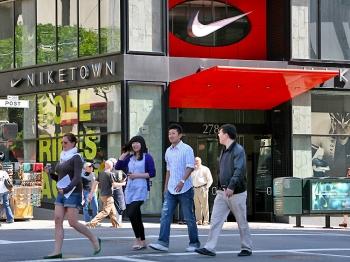
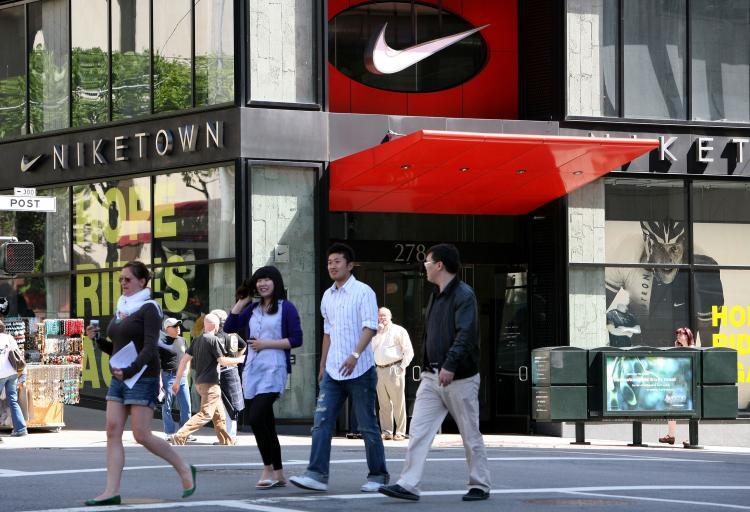
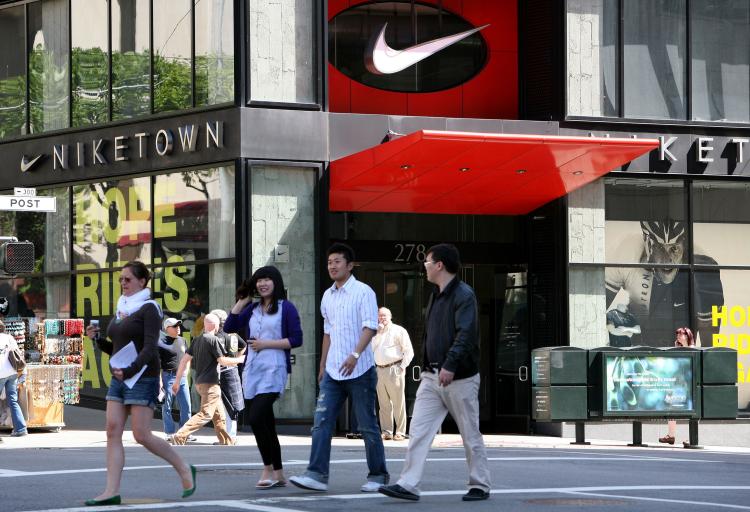


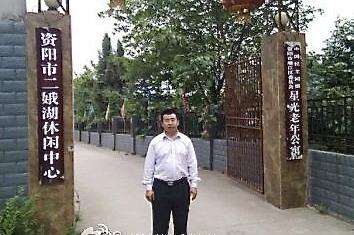
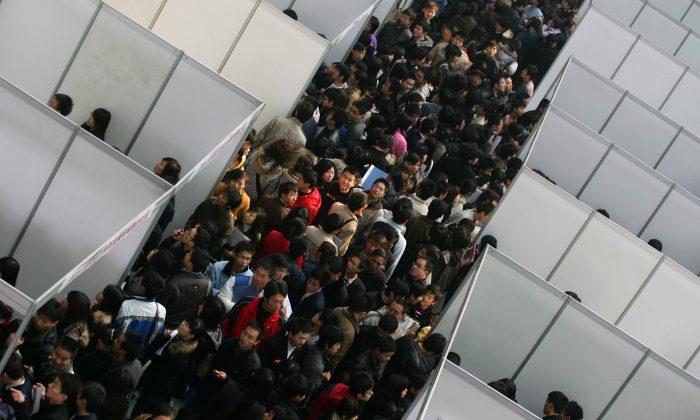
Friends Read Free